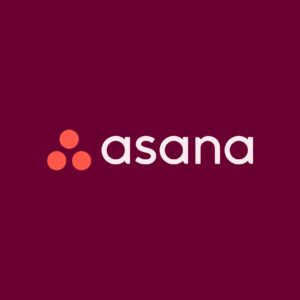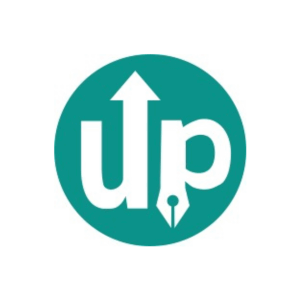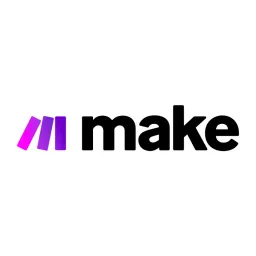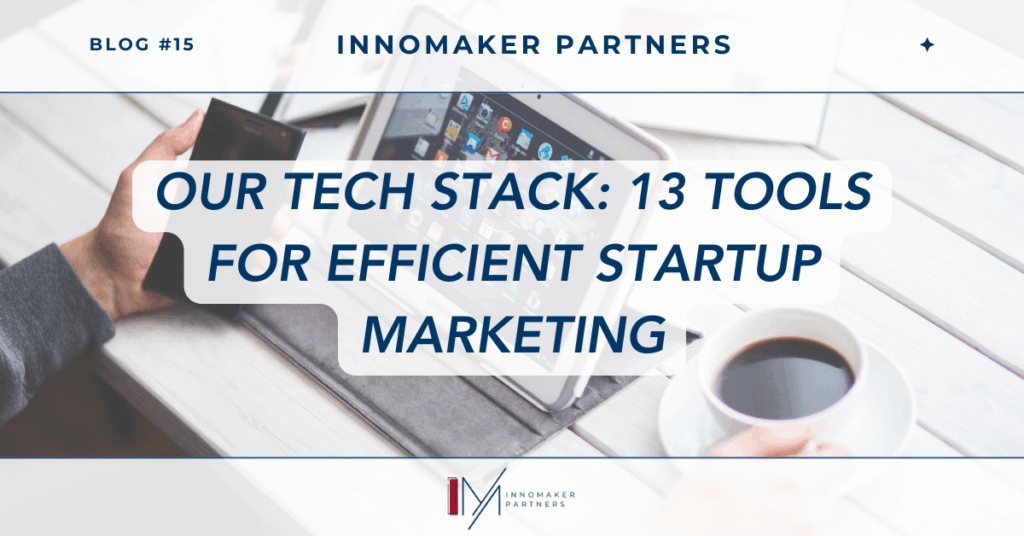We’re always on the lookout for tools that make work more efficient, whether that means faster content, fewer emails, or just less manual effort, both for ourselves and for the clients we support. We’ve tried a lot of things over the years: some worked, some didn’t. What we use now is the result of constant testing, feedback, and fine-tuning. From research, planning and time tracking to copy writing, video editing and automation, here’s how our current stack is built and how it might help shape yours too.
Why we built this stack the way we did
We didn’t sit down one day and decide on a perfect list of tools. This stack came together step by step, based on what we needed and what made our day-to-day smoother. Some tools stuck after one test. Others took a few rounds of trying, replacing, and returning. And yes, some of them were a waste of time and money.
But with this constant testing, we’ve shaped our stack around how we actually work: with short timelines, close client collaboration, and lots of moving parts. The goal was never just to be faster but to make space for better thinking, fewer bottlenecks, and more focus on the parts that count.
This is the current setup that helps us do that. And it shows that putting the effort in finding the right tools really pays off, both in time and money.
Work management tools
These are the tools that keep our projects moving. From task tracking and time logging to planning out complex systems, this is where our work takes shape and stays on schedule.

Asana is where we track almost everything: content plans, service delivery, client projects, and internal to-dos. It gives us just enough structure without slowing things down. Boards, timelines, and priorities help the team stay aligned, especially when we’re handling multiple projects. We keep our setup lightweight: simple structures, strict deadlines, and clear owners on each task. Whether we’re working on a one-week project or operating a super scaled-up content machine, Asana helps keep our workflow steady and everyone clear on what’s expected.

Clockify runs in the background, but makes a huge difference for us. We use it to track time across projects, both for internal reviews and (sometimes) client reporting. Paired with Asana, it gives us a clear picture of where time goes: what takes longer than expected and where we’re underused. It also helps us price smarter and spot early signs of overwork. All of our team members also have added the browser extension, since it makes it way easier to log time directly from Asana or other apps without our breaking focus.

Figma isn’t a traditional work management tool but we use it regularly to support how we manage complex projects. It’s where we build funnels, map out marketing flows, and lay out ideas that are too big or layered for a regular task list. It also helps us to brief each other, sketch out rough logic, or keep track of projects that need more visual thinking. In some cases, we might use it to explain something to a client but most of the time, it’s an internal workspace for us for focused problem solving.
Visual content apps
We’ve worked with a lot of visual tools over the years, but these are the ones we keep coming back to. They’re fast, flexible, and help us produce consistent graphics, edit videos quickly, and add narration or captions without delays.

We rely on Canva for almost all of our graphic design from social posts and blog banners to presentation slides and branded assets. Its templating system, brand kit, and intuitive drag-and-drop interface allow anyone on the team to produce consistent, nice visuals without relying on a designer for every task. It's a key tool for us in both internal projects and client-facing materials. It also makes handover easier: we often build templates for clients that they can reuse and adapt on their own.

CapCut is our default tool for us for quick short-form video editing. It’s simple to use, works well on both desktop and mobile, and makes it easy to cut clips, add subtitles, and export in the right format for each channel. We use it mostly for social videos, like internal updates, LinkedIn content, or event recaps, especially when speed matters more than high production value. The built-in templates, transitions, and effects are simple but effective, which helps us work fast without sacrificing too much on quality.

Captions AI is a versatile platform, but we mainly use it for three things: fast AI editing, clear voiceover narration, and clean, accurate subtitles. With the platform we can cut silences, remove filler words, and even generate synthetic voiceovers that match the tone we’re aiming for. The captions are handled automatically and often require little to no adjustment. It’s a strong companion to CapCut in our workflow, and it's ideal for us when we want to keep video editing easy, but still look professional.

Miro is our main tool for visual collaboration, especially when we’re preparing or running workshops with clients. It helps us build out the structure and flow of a session in advance, so by the time we’re live, everyone knows where to focus and what’s next. During the workshops, we use it together in real time: clients add input, move pieces around, and help shape the outcome. It keeps the whole process more interactive and focused, especially when we’re facing complex topics that need joint thinking.
Publishing & growth platforms
Visibility matters, but so does consistency. These platforms support our outreach, newsletters, and social content, so we can show up regularly and clearly without doing everything manually.

AuthoredUp helps us plan, write, and schedule LinkedIn posts both for ourselves and for our clients. Compared to LinkedIn’s own interface, it gives a clean, focused writing space with built-in formatting tools, post previews, and content analytics. We can draft multiple posts at once, schedule them ahead, and easily see and edit them on a calendar preview. It’s especially useful for managing consistency across different profiles or brands, keeping everything in one place from ideas to publishing.

MailerLite is what we use for sending newsletters, both our own and for the clients we support. We’ve tested tools like Mailchimp before, but always found them either too heavy or too clunky for the way we work. MailerLite holds a better balance: it’s fast, simple, and still gives us the features we actually need. We use it to build campaigns, segment lists, and track how each message performs. The interface makes quick edits easy, but it’s flexible enough to handle more structured email flows when needed.
Creation & automation tools
This is where ideas turn into systems. These tools help us research deeply, generate content faster, and automate repetitive parts of our workflows for both our team and our clients.

We use ChatGPT almost daily, but not just the default version. We’ve built several custom GPTs tailored to how we write, and structure content. These are trained on our tone, and the workflows we rely on. They help us draft outlines, rework copy, clean up research, and move faster through repetitive parts of content creation. But we are not just "UI warriors"; we casually experiment with complex workflows, play around with different settings, prompt and context engineering, and put those sweet API credits to good work. It’s one of the simplest ways to scale consistency without scaling your team.
If you’re interested in building your own custom GPT without coding for content creation, you can check out our free guide here. There’s no email required, no form to fill out, and it’s completely open to use.

Perplexity supports us both in research and automation. It helps us gather recent, relevant information faster than traditional search, with clear source links and concise summaries. When preparing blogposts, expert content, or strategy docs, it gives us a clearer starting point and saves time on validation. Perplexity is also part of our automation stack, especially when we need sales research at scale. It fits well into workflows where speed and source quality both matter.

Make.com is a no-code automation platform that helps us connect tools and eliminate repetitive tasks for ourselves and for the teams we support. It’s especially useful in early-stage marketing, where time is limited and systems are still evolving. We use Make to automate lead capture, invoicing, syncing CRM data, DM sales outreach reporting, or just as a backend for simpler web apps. If you need help automating your own processes, you can reach us at info@innomakerpartners.com.

Lovable is a great way to turn structured ideas into functional tools fast. It’s an AI-powered platform that lets you build full-stack web apps using natural language prompts, without writing code. From the frontend to the backend and the database, everything is generated based on clear instructions. We use it to develop personalized assessment tools as lead magnets and to have internal tools that 100% fit our needs.
We built our Personal Brand Assessment in Lovable, and it’s a good example of how simple but thoughtful logic can turn into something useful. If you want to try it, you can check it out here.
Choosing your own tech stack
There’s no perfect setup. The one that supports how you work comes from a lot of trial, switching, and refining over time. So when choosing your own stack, ask yourself these questions:
- Does this tool fit how we already think and work?
- Can it scale with us without becoming overcomplicated?
- Does it help us move faster or learn faster?
- Is it something we’ll actually use every week?
You don’t need every tool listed here and definitely not all at once. But the right ones will make your work smoother, more focused, and easier to maintain over time.
If you need more support than tools, check out our CMO Partner service, where we take care of your marketing so you can focus on building the future.



